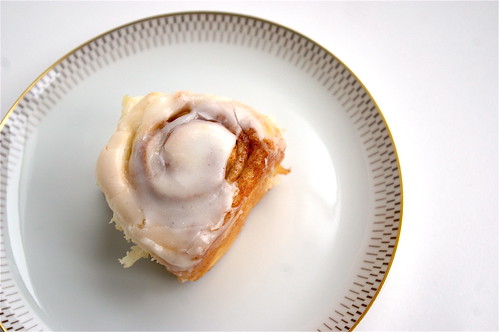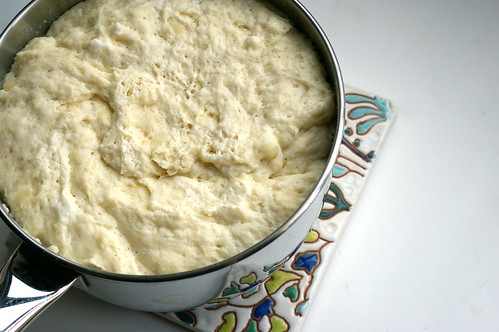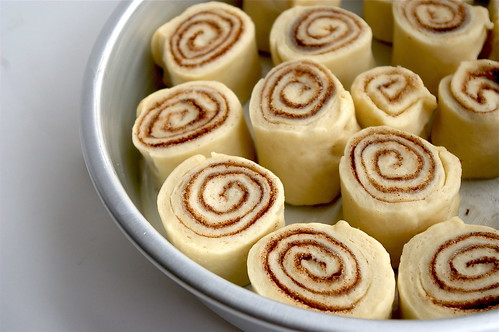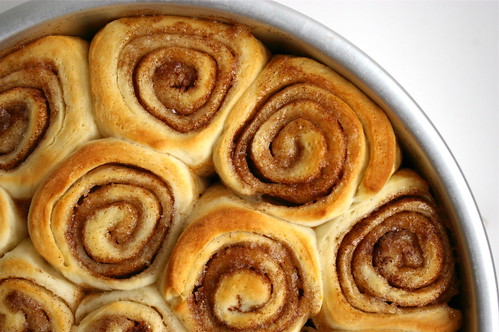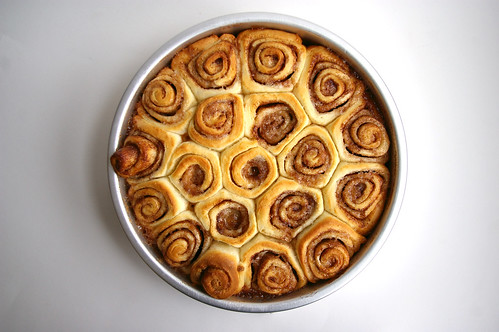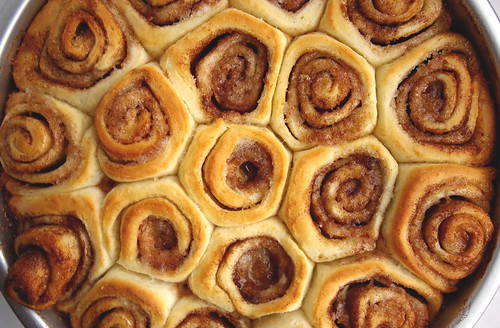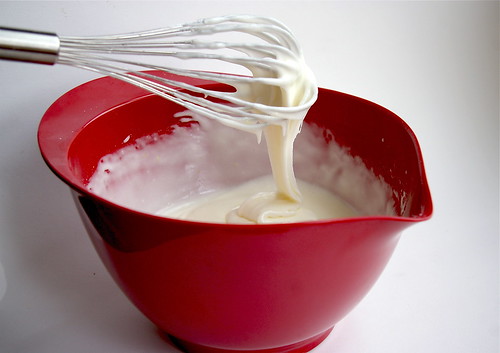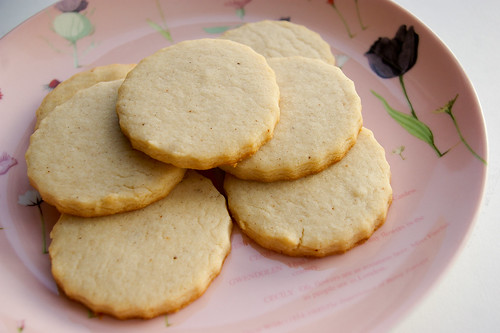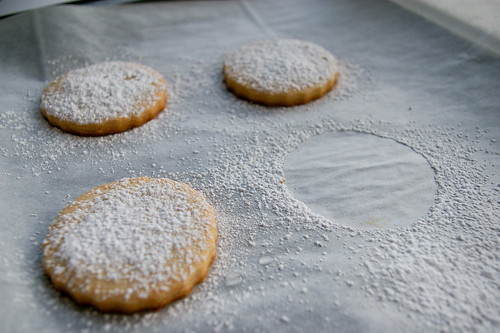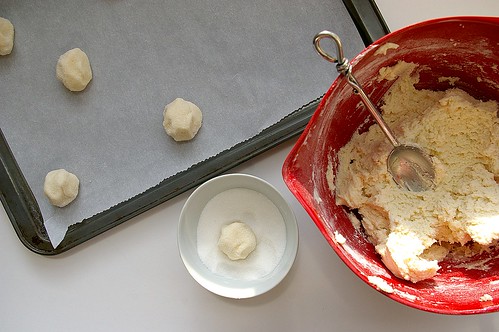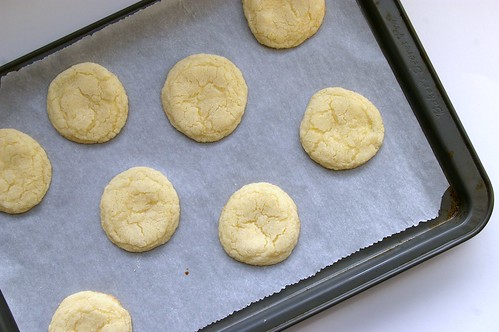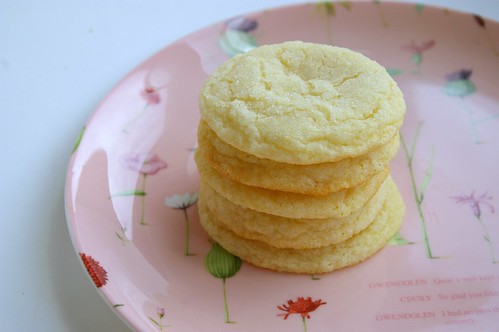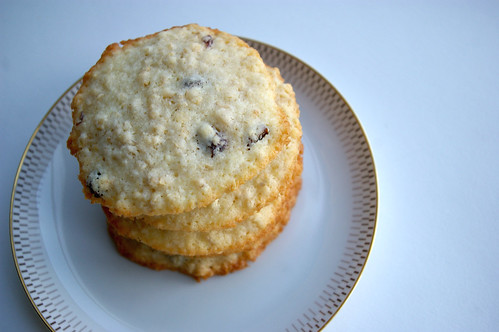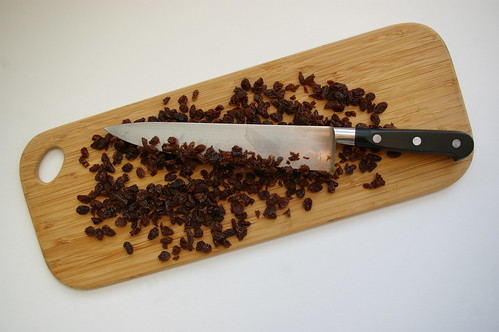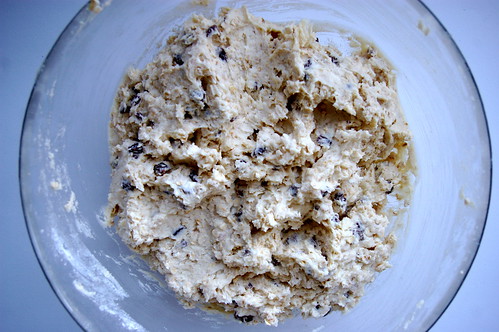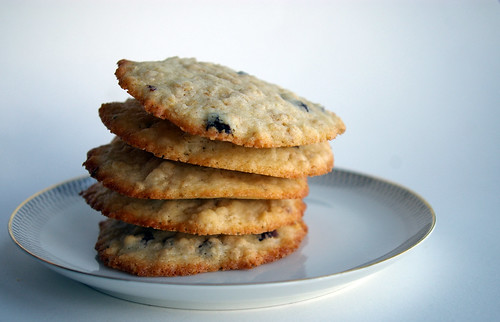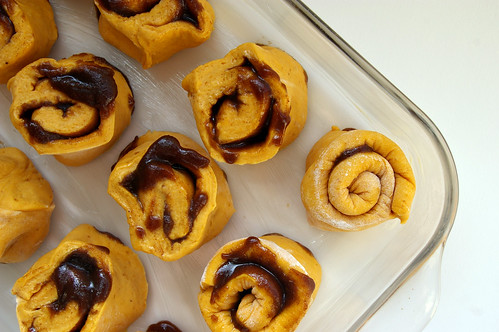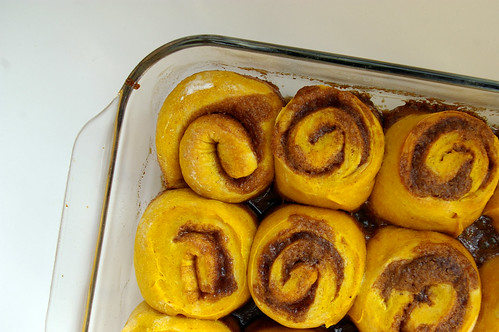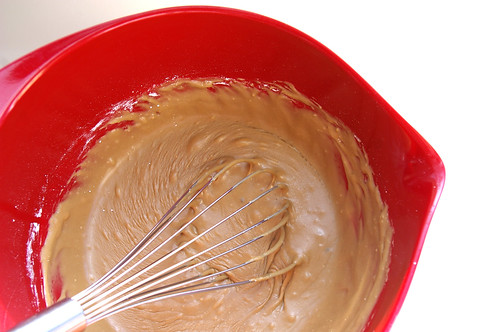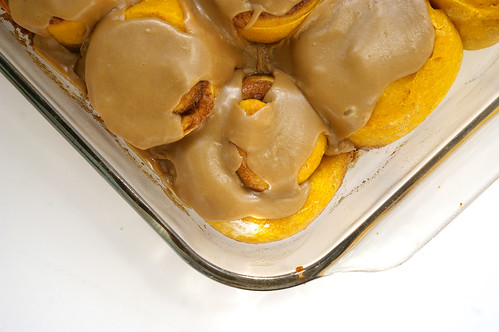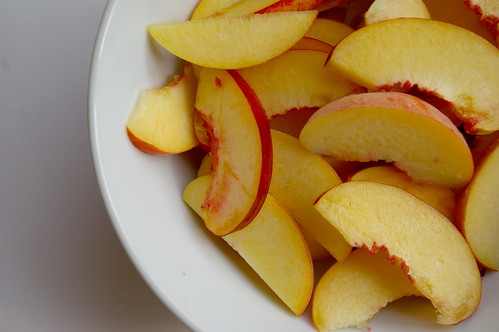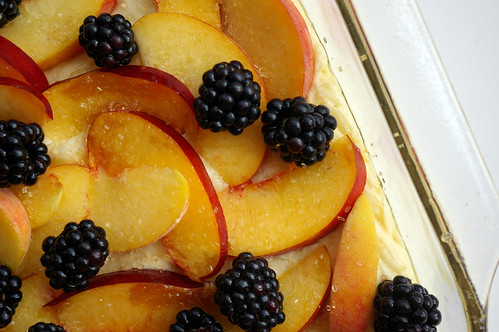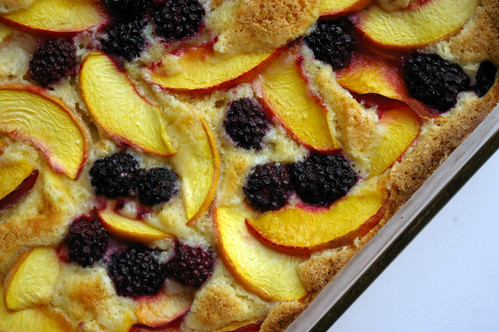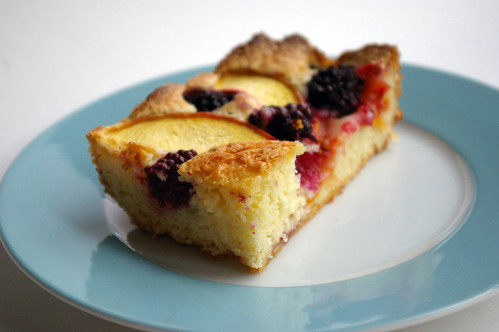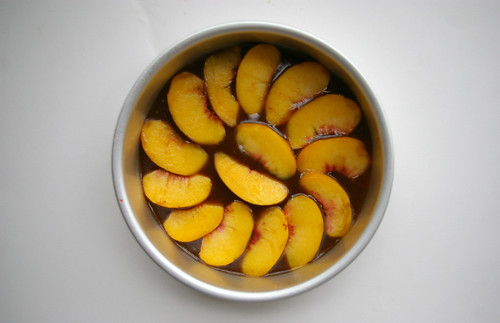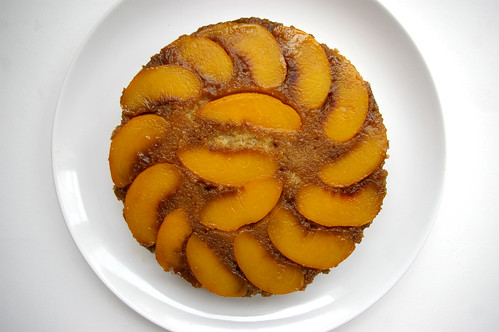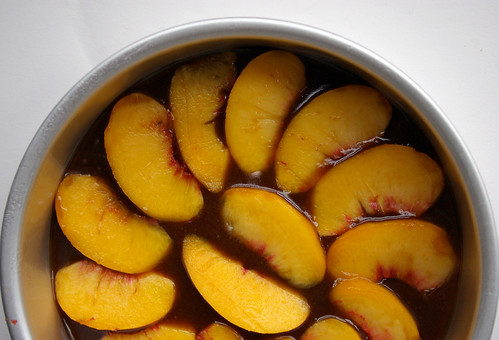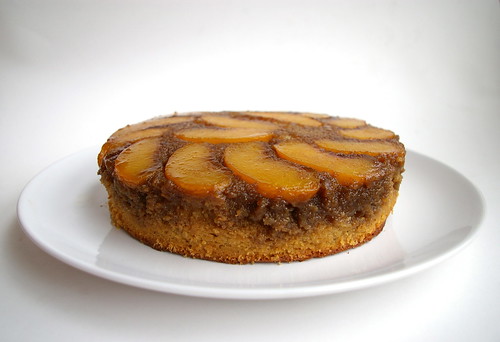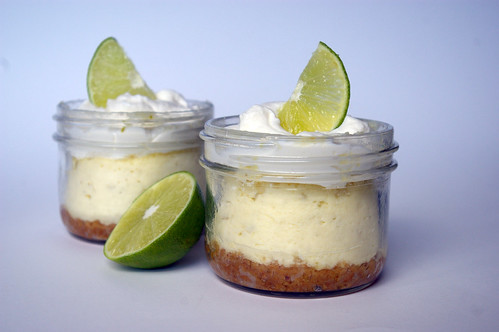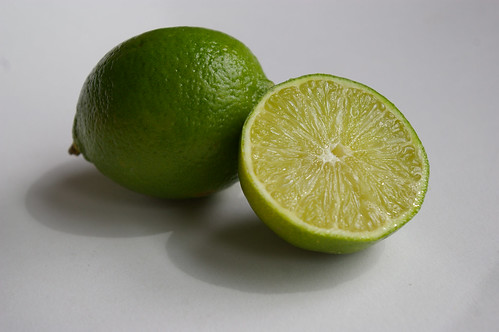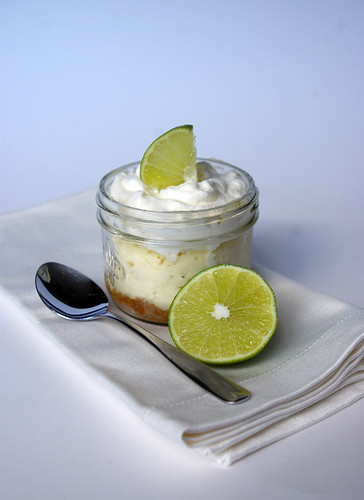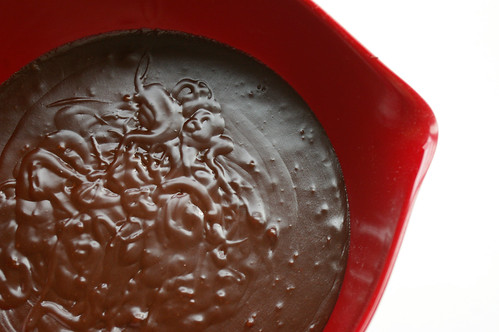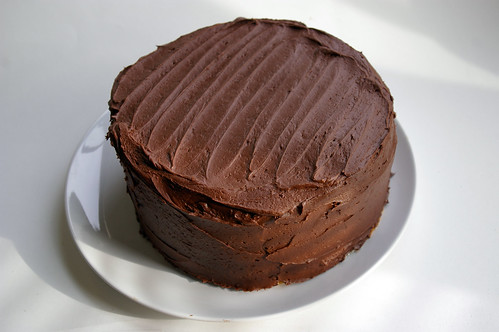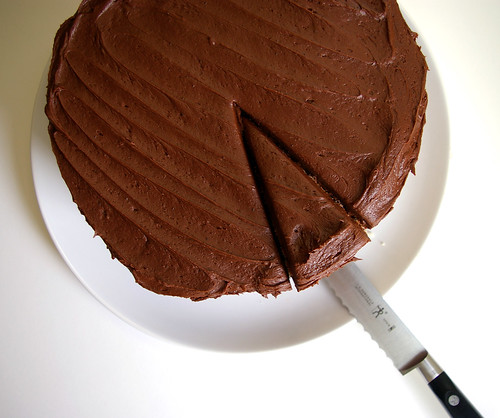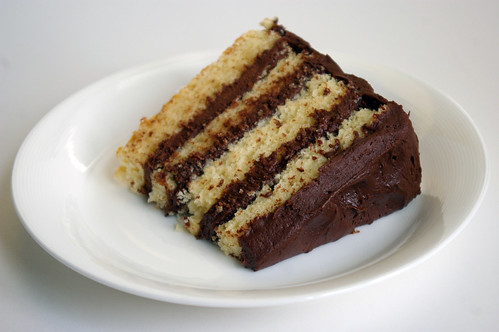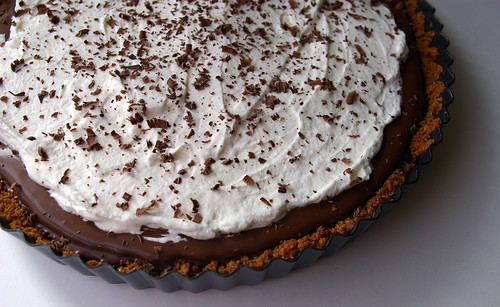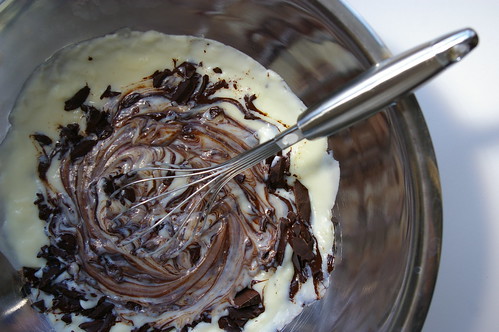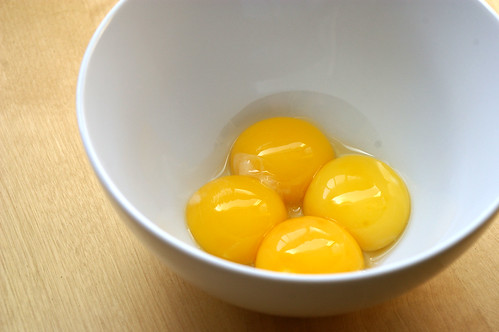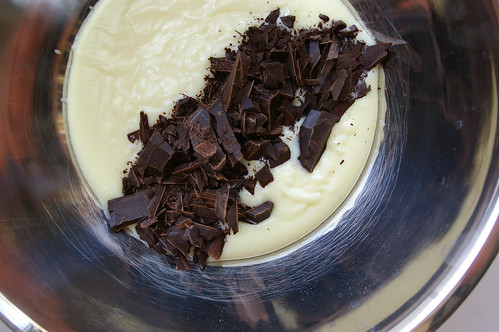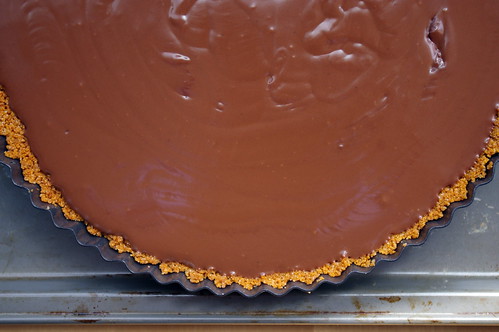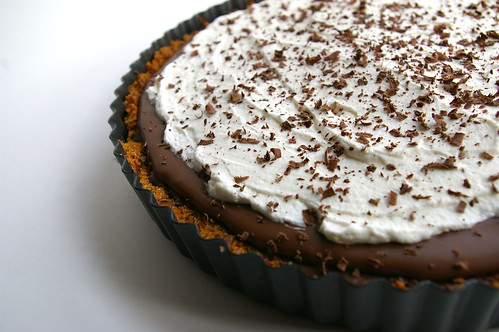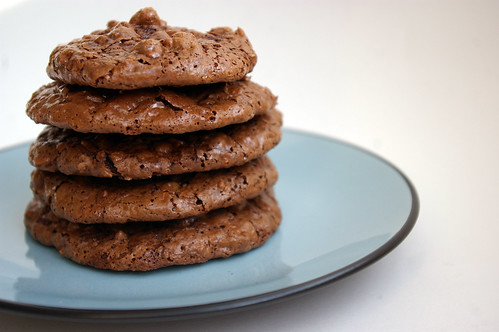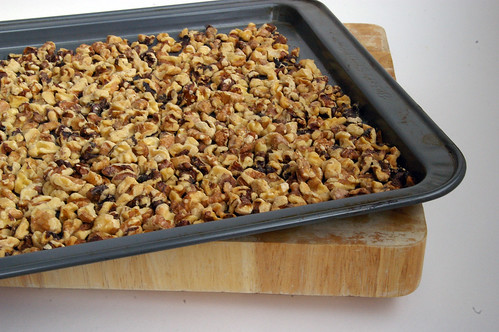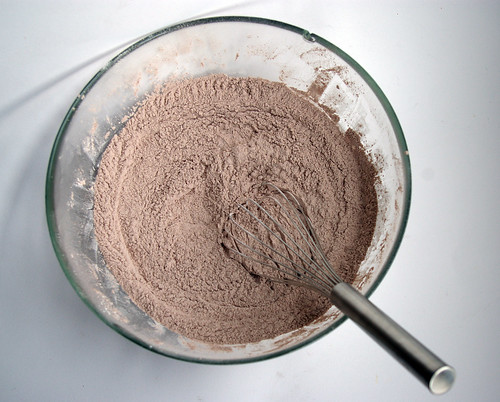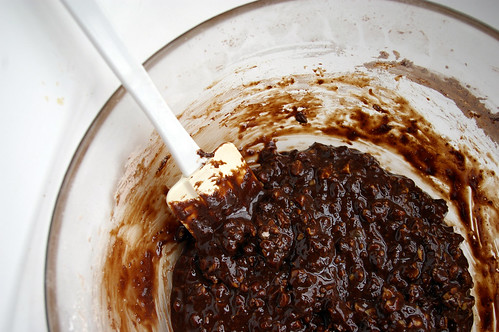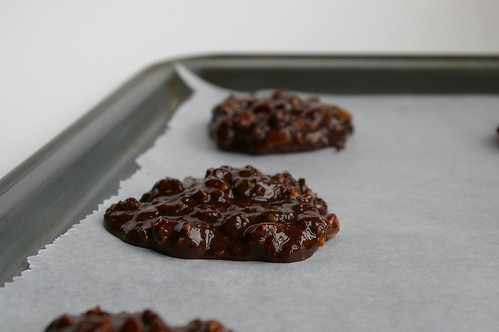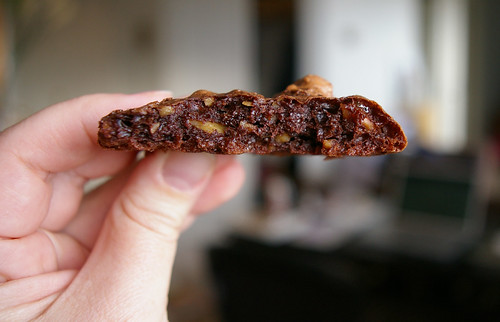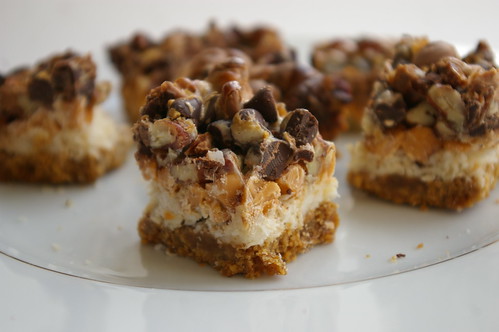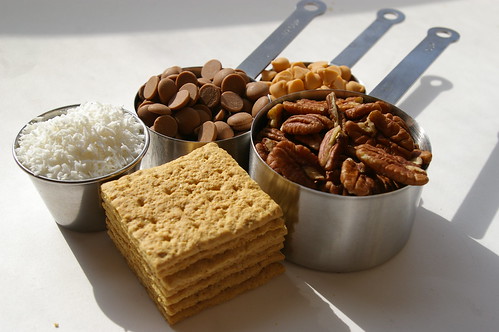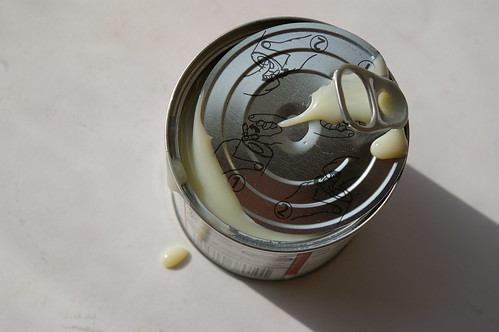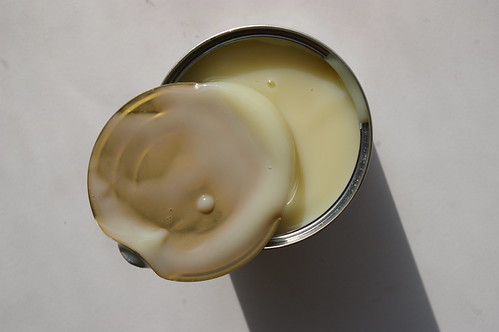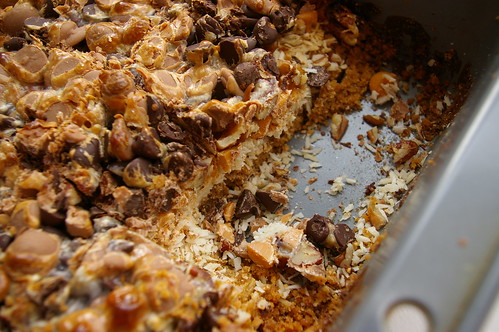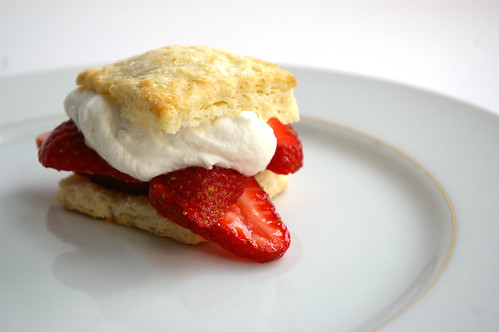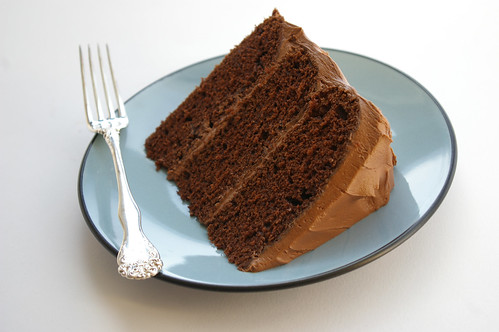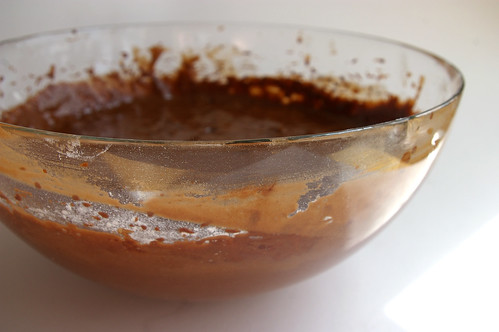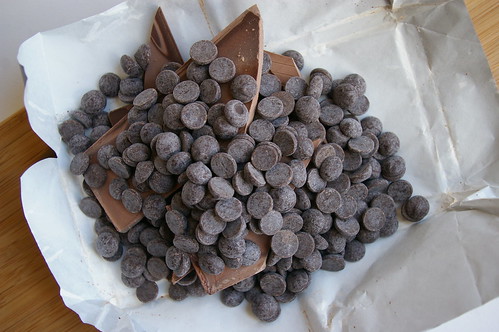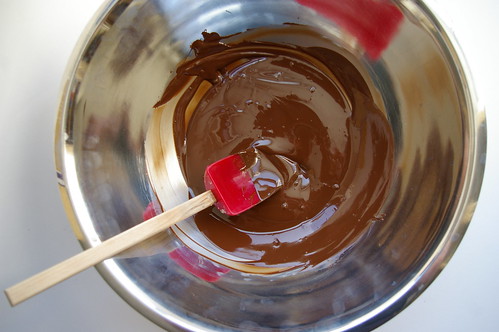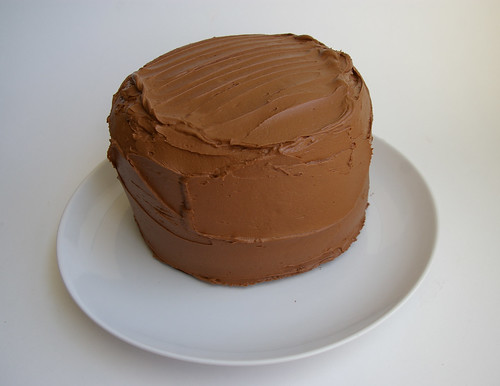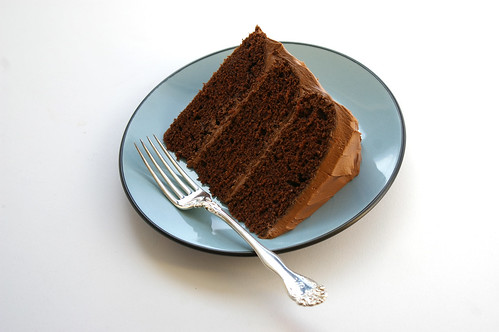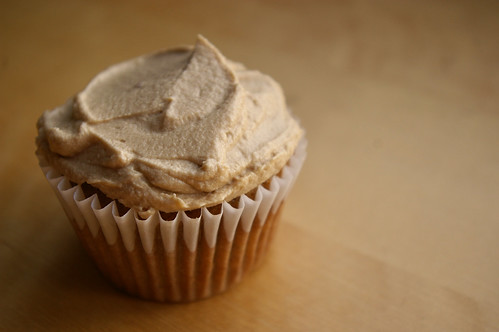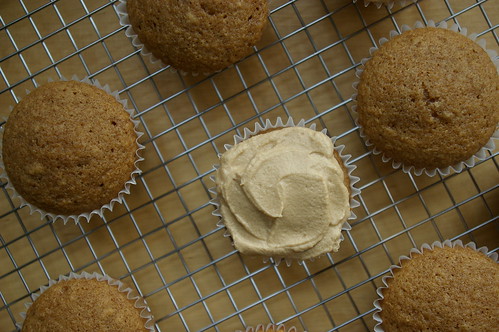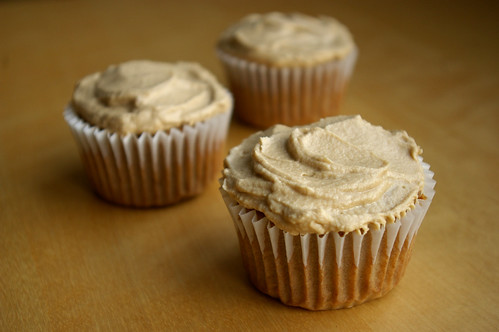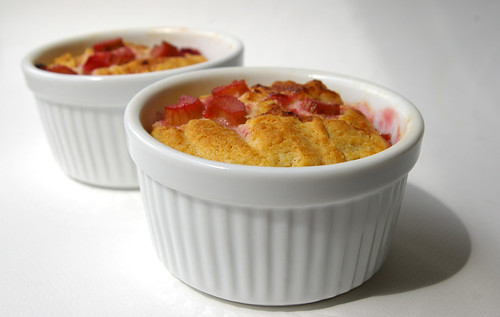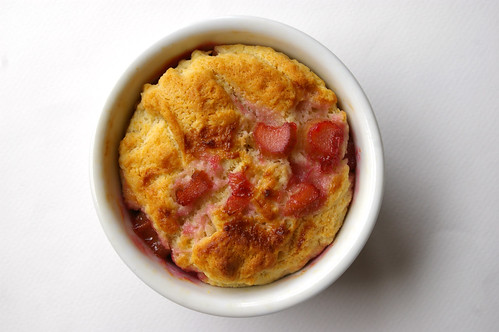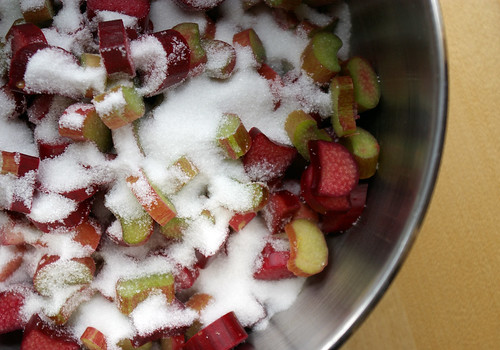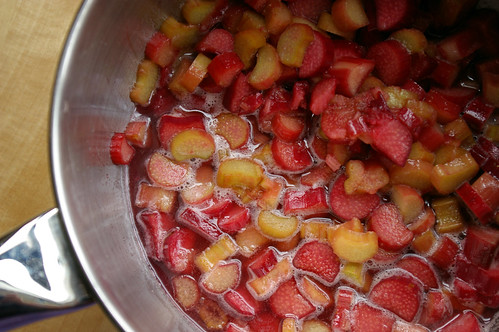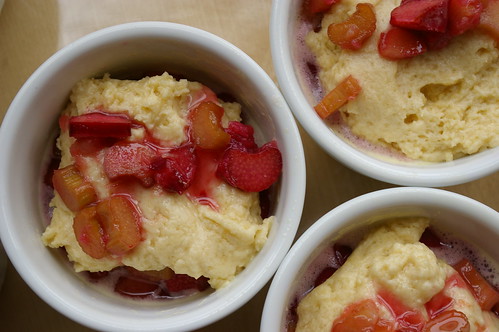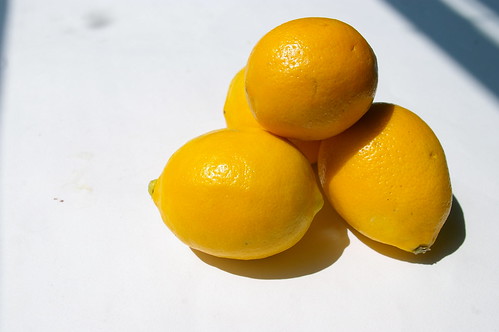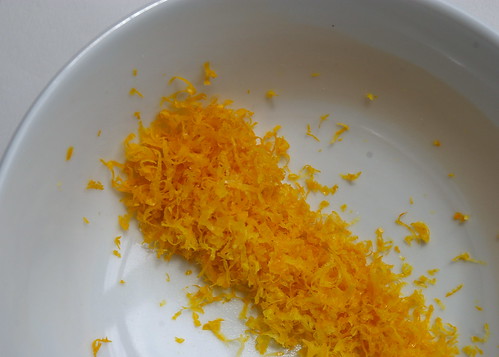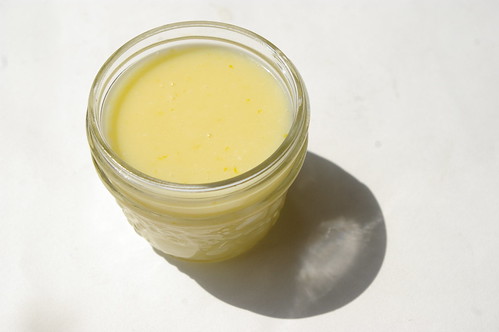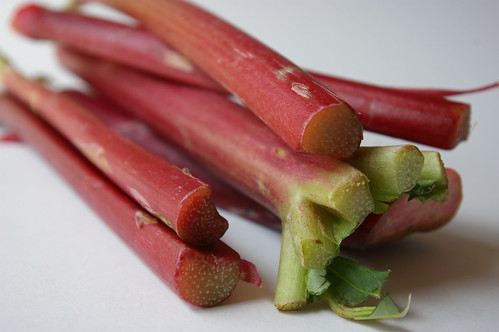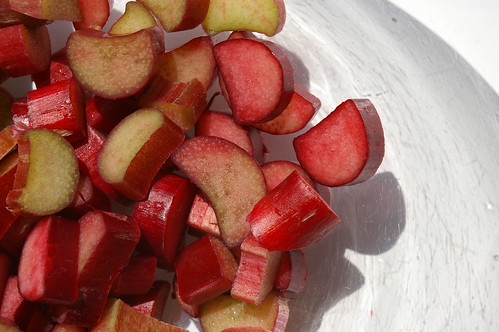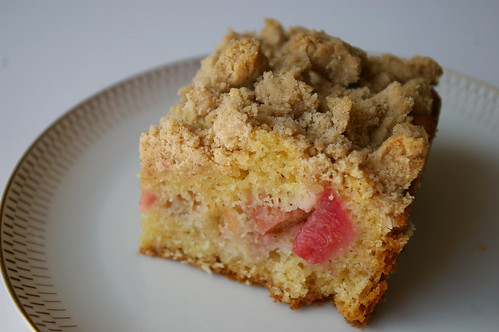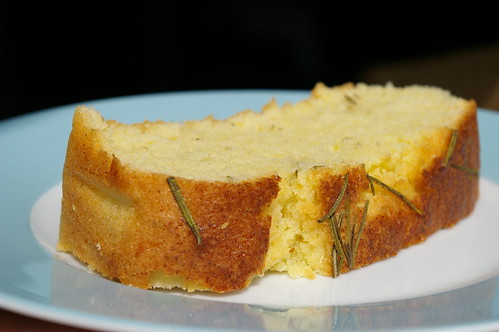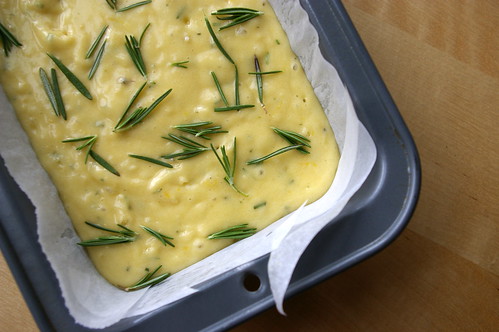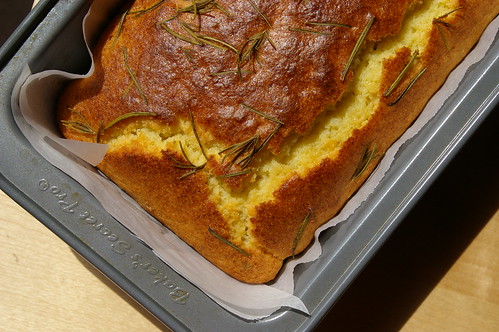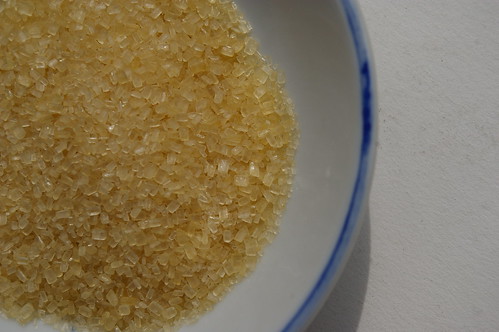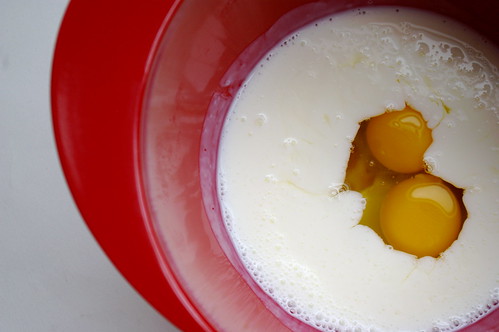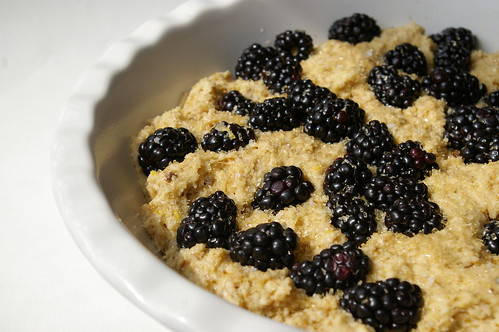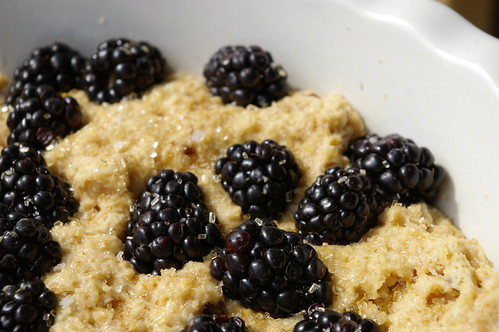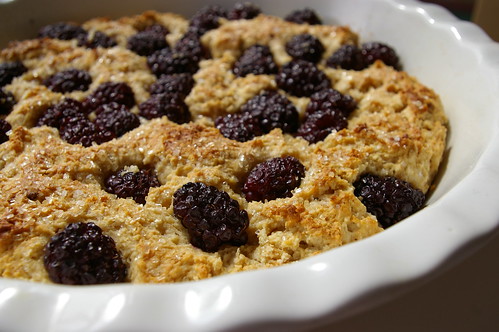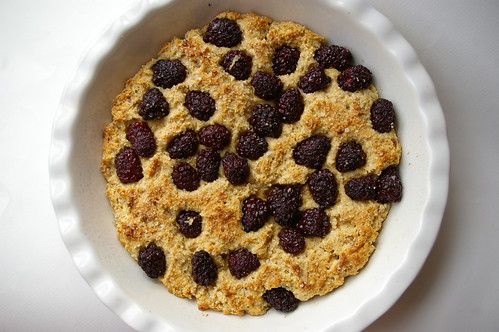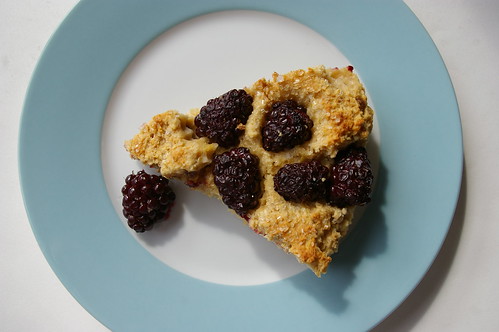This has taken more than a year to write.
Because although I’ve composed this dozens of times in my head, when it came down to actually sitting at the laptop words have completely escaped me.
And, I guess, the timing just wasn’t right.
This is for my friend Michelle.
On Dec. 30, 2009, Michelle Lang was in a two-LAV convoy returning to the Canadian Forces base in Kandahar when they hit an IED. She and four soldiers — Garrett Chidley, George Miok, Zachery McCormack and Kirk Taylor — were killed in the blast. Five others were injured.
Three weeks earlier, we were out celebrating my birthday. It was her final weekend before she flew out to Afghanistan for what was expected to be a two-month stint reporting on the conflict in that country for Canwest News. Despite the fact she was less than 72 hours from taking off and had myriad errands to run and things to organize before leaving, she came out for dinner and then drinks, staying out well past bedtime. Friends always came first; that’s just the sort of girl she was.
And she was from the start.
When I moved to Calgary I had arranged for a couple of places to stay in those first few weeks, but there was a four-day gap where I had no plan, hoping to depend on the kindness of another reporter with whom I had a mutual friend. Instead, Michelle stepped in, offering up her couch to me — a virtual stranger — for as much time as I needed. She apologized it wasn’t nicer.
I live in that apartment now. On the night before I was to move in, Michelle stayed up until the early morning to get it into tip-top shape for me because she knew I wasn’t happy about giving up my old place. That’s also the sort of girl she was.
She was a huge supporter of this blog, she wasn’t afraid to scold me over my ever-growing shoe collection or dish out the tough love when it was needed. She offered up praise for a good story or kitchen victory; she listened when things were going sideways; she was my sushi-and-Buffy buddy (take-out and DVDs for a mid-week pick-me-up).
On the day before she left, I called her quickly to say I was going to miss her, to have fun, tell good stories and that I would see her in January. And then I said I would bake whatever she wanted when she was back in Calgary.
“What’s your favourite thing?” I asked.
“Cinnamon rolls,” she replied.
And I promised they would be hers when she returned.
A few weeks after her death, after the repatriation ceremony at CFB Trenton, the funeral in Vancouver and memorial service in Calgary, after the media coverage quieted, I set out to make the cinnamon buns. The fog of grief was still thick and I wanted to do something, some tiny thing, some personal thing, to honour her and follow through on my promise.
I set out to make the cinnamon rolls.
They were a complete failure. As in, the dough didn’t rise at all. Frustrated and angry — at more than just a baking misstep — I threw the hard lump of dough away and broke down. I didn’t attempt them again.
(Yeast-based goods are a downfall for me anyway, hence my love of all things no-knead. Although I did make some no-knead pumpkin cinnamon rolls that were successful, for some reason I feel this neither fulfilled nor broke my promise to make some for Michelle. I guess I figured the fact they were pumpkin made them a different kind of cinnamon bun altogether.)
Leading up to the one-year anniversary of losing Michelle, I started thinking again about those cinnamon rolls and my promise. But I wasn’t ready. I dug my heels in trying to fight against the approaching day — a futile task.
And when it passed I knew it was time.
Michelle, this one is for you.
xo
gwendolyn
(Immense gratitude for the Pioneer Woman who had a recipe that was easy to work with and delicious. Thank you, I needed that.)
Incidentally, these red bowls were a birthday present from Michelle a few years ago. Now, when I pull them out (which I do a lot, since they are awesome ones from Williams-Sonoma), I always think of her.
Pioneer Woman’s Cinnamon Rolls
I have halved this recipe, which still made an insane amount of rolls, as in two 9-inch cake pans’ worth and they were jammed full. This is as I made it, but you can easily double it if you want to feed an army. The glaze/frosting recipe is loosely based on hers, but I changed it quite a bit because I wanted something lemon-y.
- 2 cups milk
- 1/2 cup vegetable oil
- 1/2 cup sugar
- 2 1/2 teaspoons (1 package) active dry yeast
- 4 1/2 cups all-purpose flour, divided
- 1/2 teaspoon, heaping, baking powder
- 1/2 teaspoon, scant, baking soda
- 1 1/2 teaspoons salt
- 1 cup sugar
- 1/2 cup melted butter, plus 2 tablespoons for the pans
- cinnamon
In a large pot, mix the milk, oil and sugar and heat until scalded, just before boiling. Remove from the heat and let it cool until lukewarm, about 45 minutes to 1 hour. Sprinkle over yeast and let sit for a minute. Add in the 4 cups of flour and stir. Cover and let it rise for at least an hour until doubled (or more).
Add the remaining 1/2 cup of flour, baking powder, baking soda and salt. Stir together. (I had to knead it a little bit to get all the remaining dry ingredients worked in.)
Sprinkle the area where you’re going to roll out the dough generously with flour. Divide the dough in half and roll it thin into a rough rectangle. Drizzle half the melted butter over the dough and then sprinkle half of the sugar and a generous dose of cinnamon. (I went too easy on it and wish I had used more. Don’t be afraid!) Roll the dough in a neat, tight line and then pinch the seam together to seal it. Slice the rolls into even pieces, about 1-inch wide. (Mine were probably closer to 1 1/2-inches.)
Spread 1 tablespoon of melted butter into a cake or pie pan (she calls for 7-inch pans; I used 9-inch ones) and lay in the rolled dough slices. Let them rise for 20 to 30 minutes.
Preheat oven to 375.
Bake rolls until light golden brown, about 15 to 18 minutes.
Lemon Glaze
- 1/2 bag powdered (icing) sugar
- zest and juice of 1 lemon
- pinch or two of salt
- 1/4 – 1/2 cup milk
- 2 tablespoons melted butter
Mix all the ingredients together. Add more milk if the mixture is too thick or more sugar if it is too runny.
Pour over the rolls when they are still slightly warm.


